The Undetectable Era of Aesthetics & Cosmetic Surgery | Glow Up Transformation
We're entering an undetectable era of cosmetic surgery where results are natural but astounding. But this is nothing new to Dr Ivan Puah. Here's how he does it.
Collagen is essential for healthy skin, providing support and helping it stay firm and elastic.
Made by fibroblasts, cells mainly found in the dermis[1], these fibroblasts also produce elastin, another protein that allows skin to stretch and return to its original shape, which is essential for the skin's flexibility and strength.
Collagen plays many roles in our body, including:

With age, our bodies produce less collagen, decreasing by about 1% to 1.5% each year, starting at 18.
The loss speed will accelerate after age 25, losing 1% yearly after age 40[2].
In a study by Sibilla et al., the researchers reported a peak in collagen content for subjects between 25-34 years old, followed by a gradual decline equating to an approximate 25% decrease over 4 decades[3].
The loss of collagen will cause loose skin, skin dryness, sudden redness, fine lines, and wrinkles.
According to the research titled, "Skin collagen through the life stages: importance for skin health and beauty," the below is how collagen develops and decreases throughout our life.

Collagen production starts around the 5th week of pregnancy.
As the fetus grows, the fine collagen fibres come together to form larger bundles. The enzymes that help produce collagen change with age.
The activities of certain enzymes are highest in fetal skin and remain higher in young children's skin.

Collagen production happens quickly during this period, as Type I collagen helps support and build bones.
The increased levels of human growth hormone during puberty further stimulate collagen synthesis, contributing to developing a strong skeletal structure and overall physical maturity.

There are two main types of ageing: intrinsic and extrinsic.
Intrinsic ageing is mainly influenced by genetics and hormones.
Extrinsic ageing is caused by factors like smoking, alcohol, sun exposure, and stress.
Signs of extrinsic ageing include:

During pregnancy, the amount of collagen and elastin in the body increases significantly.
Hormones soften collagen fibres, making them bond less tightly.
As your body prepares for lactation, your breasts undergo changes to get ready for breastfeeding, which increases the likelihood of stretch marks.

It is common for the skin around the stomach to feel loose after pregnancy, and it may not return to its original elasticity.
When you suffer from a major injury, the skin may also not retract to its usual position.

Research on the skin's collagen content during menopause has shown an average decline of 2.1% in skin collagen and 1.13% in skin thickness each year after menopause[4].
In a study involving 65 women of different ages and menstrual cycles, postmenopausal women exhibited reduced collagen content[5].
Biostimulators are compounds injected into the dermis. Unlike dermal fillers, which primarily add volume, biostimulators promote new tissue growth, allowing the skin to naturally produce its own volume.
These products contain biostimulants, which are fluids that include collagen-stimulating ingredients.
They activate the body's natural self-regeneration mechanisms, helping to slow down the ageing of the skin.
.avif)
Vertically lifts for immediate revolumisation and noticeable filling effect[9, 10, 11]

Contours and defines the lower face and the jawline while smoothing creases
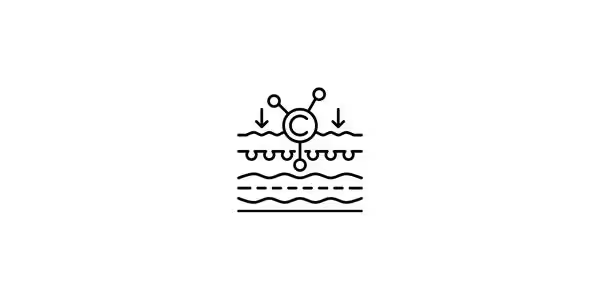
Increase skin’s thickness and improve skin texture from deep within[9, 10, 11]

Visible improvements in skin quality and suppleness[9]
Enhanced skin volume and structure
Natural-looking results
Reduced wrinkles and fine lines
Improved skin texture and elasticity
Non-surgical and minimally invasive
Gradual and subtle rejuvenation
Minimal downtime and discomfort
Boosts confidence and self-esteem
Lower Face for skin lifting
Chin area for definition
Neck for skin lifting
Back of hands for skin rejuvenation
Facial skin for poreless skin texture
Marionette lines for anti-ageing
Temples for anti-wrinkles and revolumisation
Décolleté for reduced skin crepes
Acne scars for smoother skin texture

CaHA is an injectable filler that contains calcium hydroxylapatite.
This initiates the process of neocollagenesis, which stimulates the gradual production of the patient's own collagen.
It acts as a cell scaffold and clinically manifests as immediate restoration of depleted volume, as well as improvements in skin quality and appearance[6] .
The result can last for a year or more.
Example of FDA-approved brands of CaHA (Calcium hydroxylapatite) in Singapore: Radiesse®

PLLA is an injectable treatment to help gradually replace lost collagen.
It is formulated with poly-L-lactic acid (PLLA) to help restore the deep, underlying structure of the skin to smooth facial wrinkles[7].
PLLA is used as a series of up to four injections and could achieve results lasting for up to two full years.
Example of FDA-approved brands of PLLA (Poly-L-lactic acid) in Singapore: Lenysna®

PCL is FDA-approved to reverse facial ageing features such as volume loss and contour laxity.
PCL injectable has anti-ageing properties and is biodegradable as well.
The PCL particles will be embedded with the collagen fibres to produce and create a unique 3D scaffold for a long-lasting natural effect[8].
Example of FDA-approved brands of PCL (Polycaprolactone) in Singapore: Gouri®

With key ingredients of Poly DL-Lactide (170mg) and Hyaluronic Acid (30mg), the PDLLA & HA injectable in a hybrid skinbooster.
It stimulates the generation of new collagen and elastic fibres while simultaneously slowing down the existing collagen degradation.
Example of FDA-approved brands of PDLLA+HA in Singapore: Juvelook®
Disclaimer: The images provided are for illustrative purposes only. The biostimulators listing is intended solely for educational purposes along with their recommended indications supported by clinical research listed in the References section. The listing is not intended to endorse the use of any specific products. It's important to note that dermal fillers are classified as medical devices under HSA regulation. The proper use of dermal fillers necessitates a clinical evaluation of the patient's condition and informed discussions between healthcare professionals and the patient.

| Treatments | DERMAL FILLERS | COLLAGEN BIOSTIMULATORS |
|---|---|---|
| Materials | Synthetic materials | Natural polymers |
| Objective | Volumisation and hydration | Collagen regeneration stimulation |
| Longevity | Lasts from 6 months to 1.5 years | Lasts from 6 months to several years |
| Results | Immediate and noticeable results | Natural looking results that will gradually improve over a few months |
| Maintenance | Annually for best results | To maintain optimal results, maintenance can be done after the effects subside |
| Migration | Possible | No |
| Collagen Stimulation | No | Yes |
| Dissolvable | Yes with hyaluronidase | No |
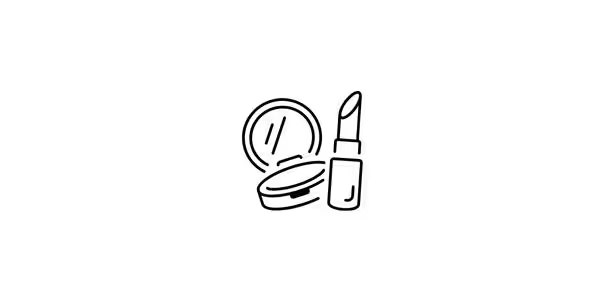

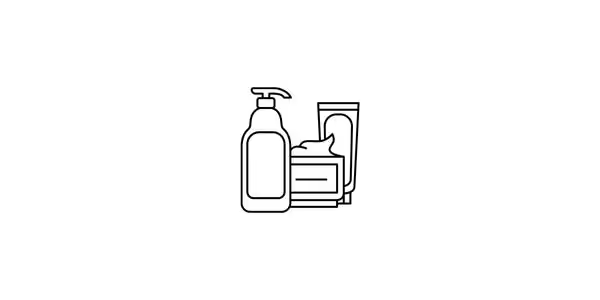
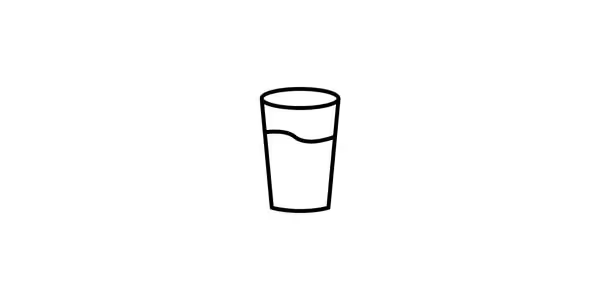


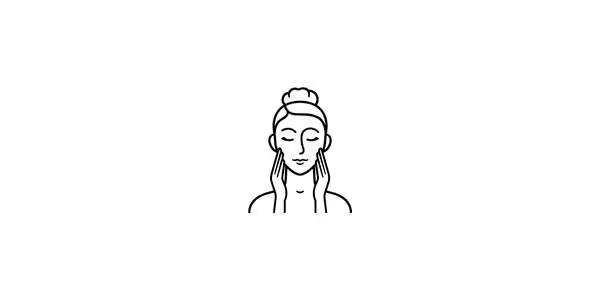



Treatment such as Collagen Biostimulators is marked as a medical device in Singapore under HSA regulations. It can only be prescribed and carried out by registered and trained medical doctors in Singapore.
Dr Ivan Puah, the Medical Director of Amaris B. Clinic, holds a Graduate Diploma in Family Dermatology from NUS and boasts over 20 years of clinical experience in addressing various dermatological concerns.
His proficiency encompasses the treatment of skin laxity, wrinkles, fine lines, hyperpigmentation, acne scarring, and more.
Dr Puah's knowledge and skill are further acknowledged through his appointment as a trainer-to-doctor by Merz Singapore and Allergan Singapore.

When will I see the results?
Results are usually visible within a few weeks to months after the treatment.It is essential to have patience and not expect immediate results.
The body takes time to heal and rejuvenate itself, so giving it the necessary time to do so is essential.
Who is a candidate for Collagen Biostimulators Injections?
Healthy adults who are bothered by loose skin and loss of facial fullness can often benefit from biostimulators.
Ideal candidates will be those who are prepared to follow a good skin care regimen to maintain results.
How long do results last?
The effects can last up to 12 to 24 months, providing a long-lasting rejuvenation.
It’s important to note that the longevity of the results can vary depending on several factors, such as individual skin type and lifestyle habits.
To ensure long-lasting results, following a proper skincare routine and avoiding exposure to harsh environmental factors is recommended.
Is there any downtime or side effects?
There may be mild swelling, bruising, or redness at the injection site, but these effects are temporary and usually subside within a few days.
Downtime is minimal, allowing you to return to your daily activities shortly after the procedure.
What should I do before this treatment?
Before the treatment, it’s essential to avoid blood-thinning medications and substances.
What can I expect during this treatment?
The biostimulator is injected into the targeted area using a fine needle and/or cannula during the treatment.
The process is relatively quick and well-tolerated, and your practitioner will ensure your comfort throughout the procedure.
What are the side effects of biostimulators?
Reported potential side effects include redness, bruising, pain at the injection site, tenderness, itching, bleeding, swelling, and the presence of lumps.
Occasionally, pressing on the treated area may reveal small bumps under the skin. There have also been reports of larger lumps, with or without inflammation.
What is the aftercare for biostimulators?
After receiving a Biostimulator treatment, remember to be gentle to your face.
Refrain from touching the treated area, and do not apply any topical products for 24 hours.
If you feel any discomfort, use a cold compress or take Tylenol (never Aspirin).
How much do biostimulatory injections cost in Singapore?
The cost of injectables and fillers, specifically biostimulatory fillers, is subject to variability, contingent on several factors.
Reference
[1] Amirrah IN, Lokanathan Y, Zulkiflee I, Wee MFMR, Motta A, Fauzi MB. A Comprehensive Review on Collagen Type I Development of Biomaterials for Tissue Engineering: From Biosynthesis to Bioscaffold. Biomedicines. 2022 Sep 16;10(9):2307. doi: 10.3390/biomedicines10092307. PMID: 36140407; PMCID: PMC9496548.
[2] Reilly, D., & Lozano, J. (2021). Skin collagen through the life stages: Importance for skin health and beauty. Plastic and Aesthetic Research. https://doi.org/10.20517/2347-9264.2020.153
[3] Sibilla S, Borumand M. Current understanding of the effects of diet on skin health. In: Godfrey M, editor. Losing weight simply and safely. Florence: Officina Editorale Oltrarno; 2014. pp. 241-68.
[4] Brincat M, Versi E, Moniz CF, Magos A, de Trafford J, Studd JW. Skin collagen changes in postmenopausal women receiving different regimens of estrogen therapy. Obstet Gynecol. 1987;70:123–7.
[5] Kamp E, Ashraf M, Musbahi E, DeGiovanni C. Menopause, skin and common dermatoses. Part 2: skin disorders. Clin Exp Dermatol. 2022 Dec;47(12):2117-2122. doi: 10.1111/ced.15308. Epub 2022 Oct 26. PMID: 35727900; PMCID: PMC10092853.
[6] Aguilera SB, McCarthy A, Khalifian S, Lorenc ZP, Goldie K, Chernoff WG. The Role of Calcium Hydroxylapatite (Radiesse) as a Regenerative Aesthetic Treatment: A Narrative Review. Aesthet Surg J. 2023 Sep 14;43(10):1063-1090. doi: 10.1093/asj/sjad173. PMID: 37635437; PMCID: PMC11025388.
[7] Sickles CK, Nassereddin A, Patel P, et al. Poly-L-Lactic Acid. [Updated 2024 Feb 28]. In: StatPearls [Internet]. Treasure Island (FL): StatPearls Publishing; 2024 Jan-. Available from: https://www.ncbi.nlm.nih.gov/books/NBK507871/
[8] Christen MO, Vercesi F. Polycaprolactone: How a Well-Known and Futuristic Polymer Has Become an Innovative Collagen-Stimulator in Esthetics. Clin Cosmet Investig Dermatol. 2020 Jan 20;13:31-48. doi: 10.2147/CCID.S229054. PMID: 32161484; PMCID: PMC7065466.

Dr Ivan Puah's novel 360° Glandular Tissue Dissection (360°GTD®) technique minimises surgical invasiveness while achieving cosmetic results.


Dr Ivan Puah's novel 360° Glandular Tissue Dissection (360°GTD®) technique minimises surgical invasiveness while achieving cosmetic results.


Dr Ivan Puah's novel 360° Glandular Tissue Dissection (360°GTD®) technique minimises surgical invasiveness while achieving cosmetic results.
